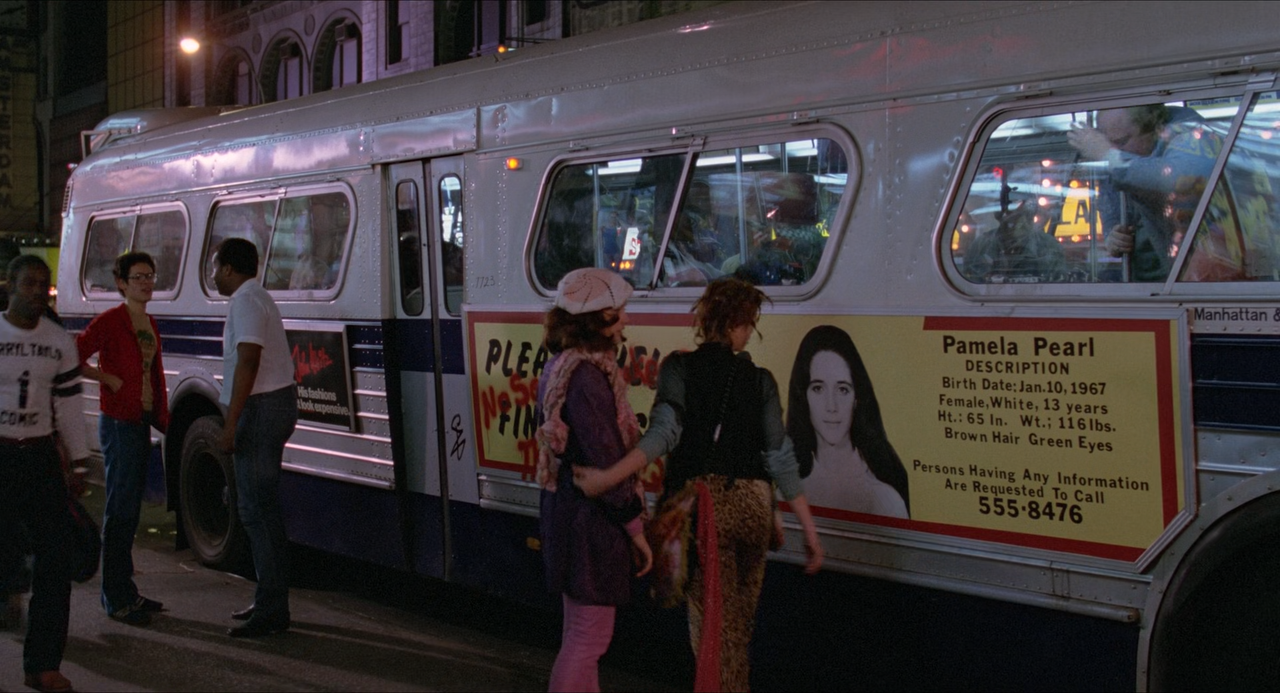“Real diamonds! They must be worth their weight in gold!”Some Like It Hot (Billy Wilder, 1959)
Feb
14
St. Valentine's Day

Sugar, Josephine, Daphne, and Sweet Sue and Her Society Syncopators rehearse Runnin’ Wild on the sleeper train to sunny Florida. DP: Charles Lang.
A movie about romance, of the Mafia, for St. Valentine's Day.
Musicians Joe (Tony Curtis) and Jerry (Jack Lemmon) witness a killing by the Mob at the St. Valentine's Dance where they were hired to perform. In an attempt to escape the Chicagoan gangsters, they go overcover as Josephine and Daphne (“Well, I never did like the name Geraldine.”) in an all-gall jazz band, and fall head over heels for ukelele player Sugar Kane (Marilyn Monroe).
– Sugar Kane Kowalczyk
The opening shootout was directly inspired by the February 14 1929 Saint Valentine's Day Massacre (graphic), and shares an actor from one of its most famous adaptations, Scarface (1932); George Raft as the wonderfully named Spats Colombo.
LGBT
– You have a good figure. You could use it to your advantage. Get in touch with me some time.
– I'd love to.Die bitteren Tränen der Petra von Kant [The Bitter Tears of Petra von Kant] (Rainer Werner Fassbinder, 1972)
Jan
31
freebie: high fashion

Fashion designer Petra von Kant (Margit Carstensen) – pouting in her emerald-green dress – is kneeled on a large, sheepskin carpet in front of a huge Baroque painting (Nicolas Poussin's Midas und Bacchus, ca. 1624). In front of her a small bottle of gin and a phone. DP: Michael Ballhaus.
A freebie for someone's birthday, with bonus points for high fashion. Petra von Kant is a fashion designer who, during a particularly icy birthday party, tells the world that her new lover is a woman. Then, one day, said lover returns home to her husband.
With its exuberant costumes and set design, a Greek chorus of mannequins, and Sirk-ish larger- than-life melodrama, Fassbinder's Die bitteren Tränen der Petra von Kant delves deep into the absurdities of love and fancy.
“This future of yours Shelmerdine, when it's gonna begin? Today? Or, is it always tomorrow?”Orlando (Sally Potter, 1992)
Jan
24
Billy Zane's birthday

Orlando (Tilda Swinton) and Shelmerdine (Billy Zane) in intimate embrace. DPs: Aleksey Rodionov & Andrew Speller.
A [favourite] Billy Zane film for his birthday (1966).
– Orlando
As ordered by Queen Elizabeth I (Quentin Crisp), nobleman Orlando remains young and traverses exotic scenery, civilisations, time, and gender.
“Yes, it's story time on WJAD in the heart of Times Square, New York, New York. The city so nice, they named it twice.”Times Square (Allan Moyle, 1980)
Jan
10
1967

A bus on Times Square with a large (expensive) ad asking people to be on the lookout for a Pamela Pearl, born January 10, 1967. DP: James A. Contner.
– Johnny LaGuardia, on the air
Il mare [The Sea] (Giuseppe Patroni Griffi, 1962)
Dec
1

The actor (Umberto Orsini) and the boy (Dino Mele) in a restaurant. It's out of season and deserted. DP: Ennio Guarnieri.
“Matto, caldo, soldi, morto… girotondo…”Vergogna, schifosi!… [Dirty Angels] (Mauro Severino, 1969)
Aug
14
fruit

A group of people in skimpy swimwear sits on space-agey white plastic seating – Archizoom's radical Superonda (1967) – while decadently eating luxurious tropical fruit from a round table that futuristically descends from the ceiling via a steel pole. DP: Angelo Lotti.
– Ah, regarde, c'est Tati !
– Tati qui?
– Tati, comme Mon Oncle.Simone Barbès ou la vertu (Marie-Claude Treilhou, 1980)
Jun
19
pâté

Two female porn theatre ushers (Ingrid Bourgoin and Martine Simonet) looking bored. They sit under two large eye-shaped neon lights. Between them a small table with various half-consumed items, including part of a baguette with pâté. DP: Jean-Yves Escoffier.
“I think it's really rotten of them to lock you up like this for making love to a boy.”Die Konsequenz [The Consequence] (Wolfgang Petersen, 1977)
Jun
17
prison grub

Thomas (Ernst Hannawald), the warden's son, and convicted homosexual Martin (Jürgen Prochnow) sharing a mug, a meal, a cell. DP: Jörg-Michael Baldenius.
– Thomas Manzoni
“I'll be eating frankfurters and onions. Plenty of tomato ketchup. Chips with lots of vinegar. Few cockles and muscles. Jellied eels, Coca-Cola, beer, the old jukebox, lollipops, all the lot.”The Leather Boys (Sidney J. Furie, 1964)
Jun
12
wedding buffet

Newlyweds Dot and Reggie and friends and family about to dig into the wedding buffet. DP: Gerald Gibbs.
– Pete
“Mr. Cadell got a bad leg in the war for his courage. And you've got your sleeve in the celery, Mr. Phillip.”Rope (Alfred Hitchcock, 1948)
Jun
9

A man in a dark suit has his clenched hand on top of a stack of fancy gilded dinner plates. He's holding a piece of rope, just an ordinary household article. DPs: William V. Skall & Joseph A. Valentine.
– Mrs. Wilson